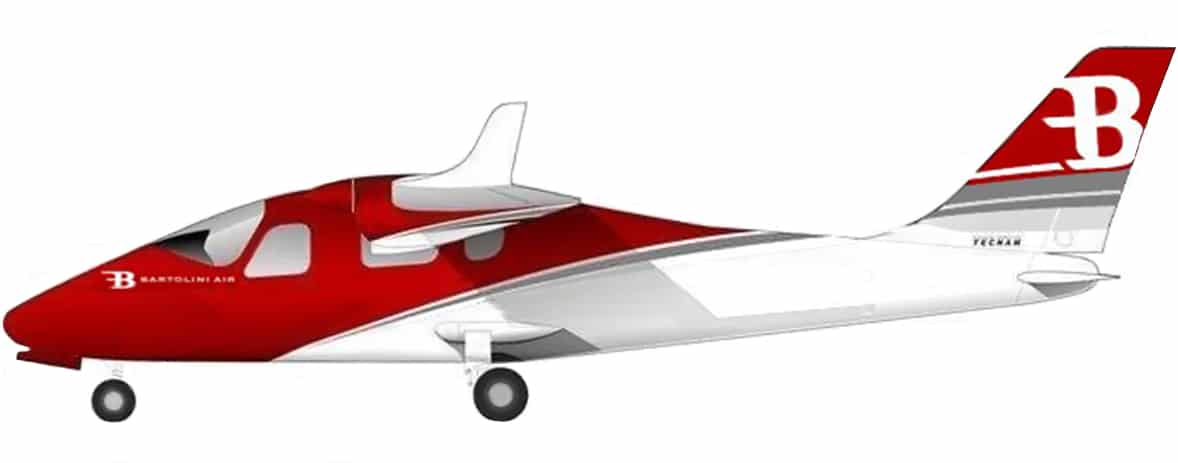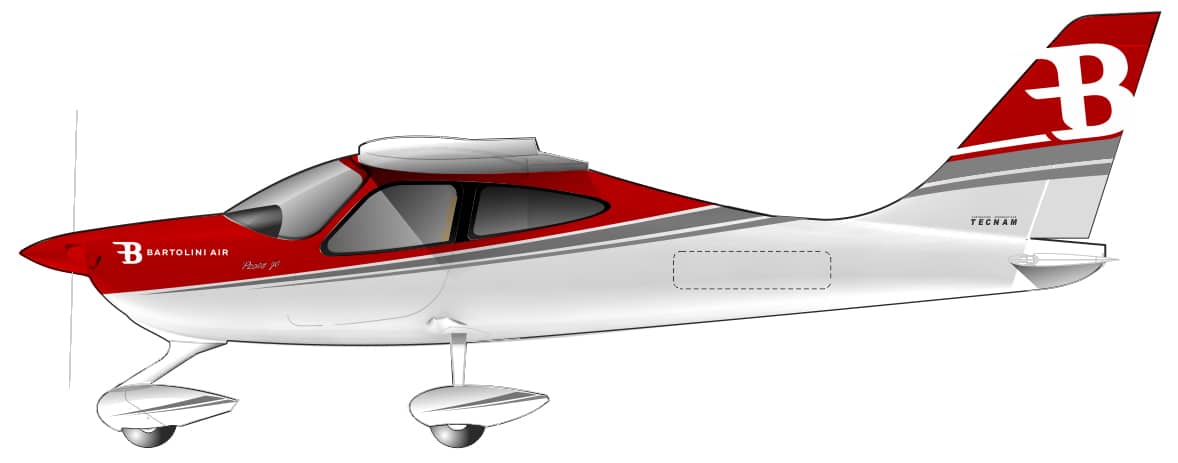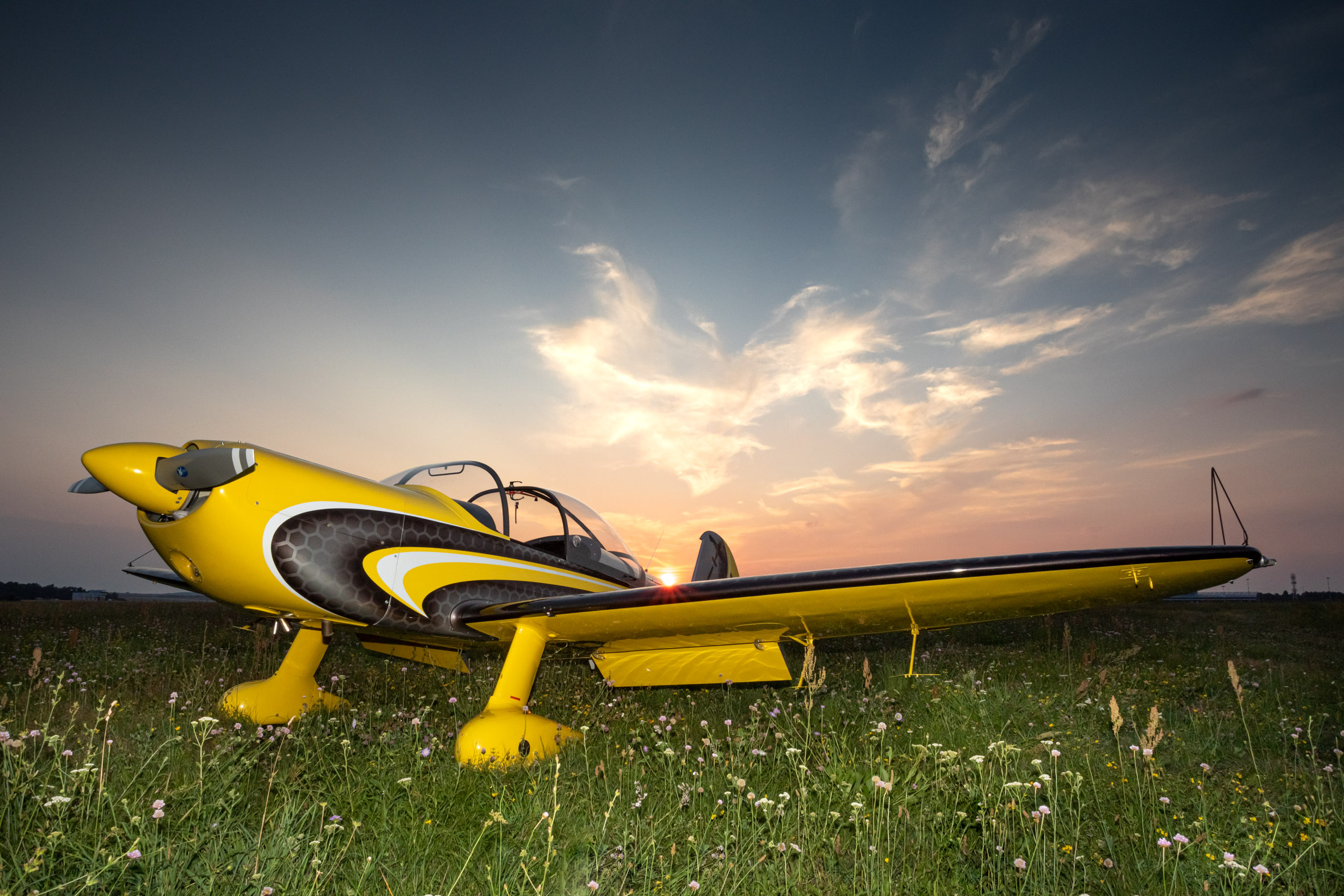OUR FLEET
The Bartolini Air training fleet consists of modern, comfortable, and safe aircraft manufactured by Tecnam, one of the world leaders when it comes to training aircraft. All of them are equipped with EFIS (glass cockpit) avionics, which makes our students accustomed to the layout of the primary flight display of modern jet planes. Each of the aircraft models that we use meets different requirements relevant to particular phases of the training and the skills that they focus on. While the students accumulate most of the hours in a single engine Tecnam P2008JC or Tecnam P2002JF, we only use twin engine aircraft for the CPL(A) complex aircraft training in order to give our cadets maximum experience in multi-engine aircraft handling. All of our twins are state of the art Tecnams P2006T, equipped with the legendary Garmin G1000 NXi avionics suite, whilst the fleet of single-engine Tecnams P2008JC is equipped with the latest Garmin technology – the Garmin G3x Touch and the fleet of Tecnam P2002JF with the Garmin G500.
TECNAM P2006T
Modern piston twin, optimal for domestic flights to small grass airstrips. It is also fully equipped with advanced avionics enabling flights in difficult weather conditions (Garmin G950 glass cockpit) and landing at the largest airports.
Tecnam P2008JC
The Tecnam P2008JC MkII is a modern high wing aircraft combining state-of-the art technology, a composite fuselage and the latest, most user-friendly G3x Touch avionics. Very safe, easy to fly and beautiful both inside and outside.
TECNAM P-Mentor
CAP 10C NG
A legendary aerobatic aircraft dedicated for UPRT training – unlike most other aerobatic aircraft its cockpit has two seats positioned side-by-side. This massively improves communication between the instructor and the pilot as well as creates a cockpit configuration similar to the one found in an airliner.





